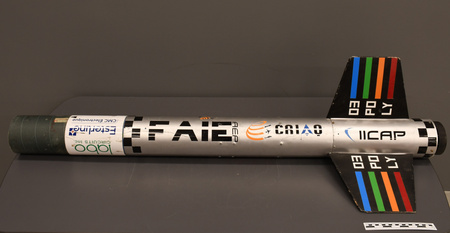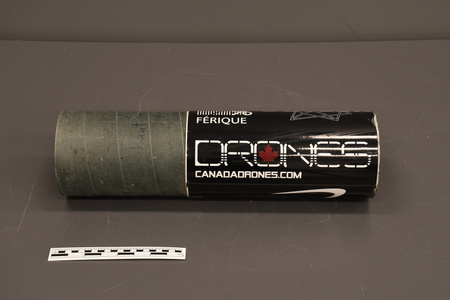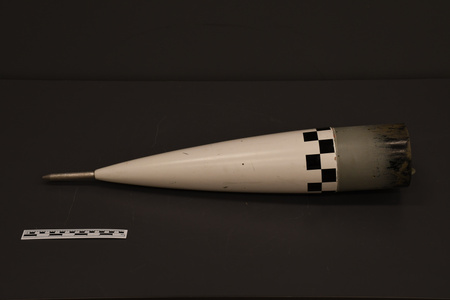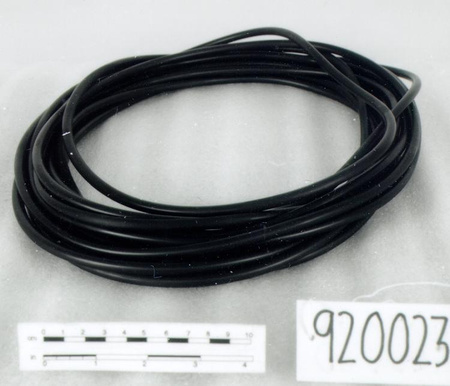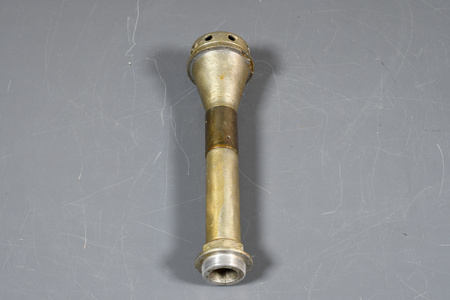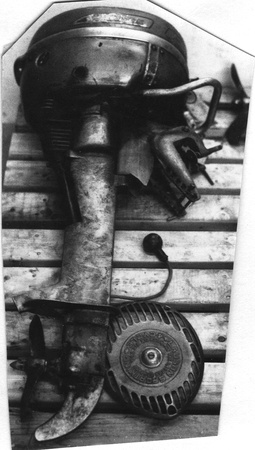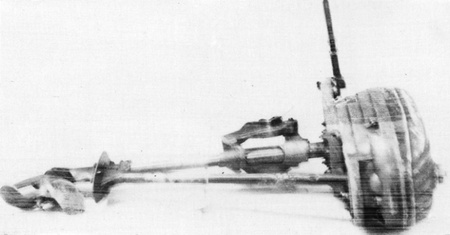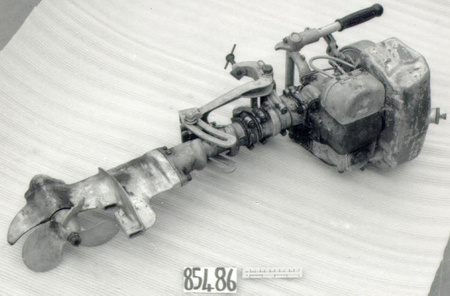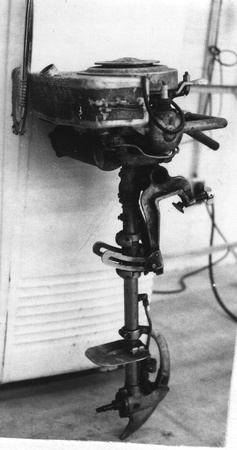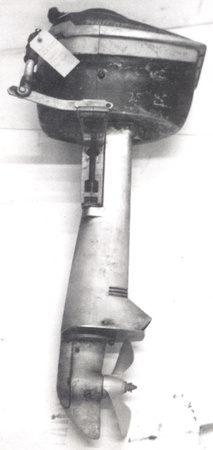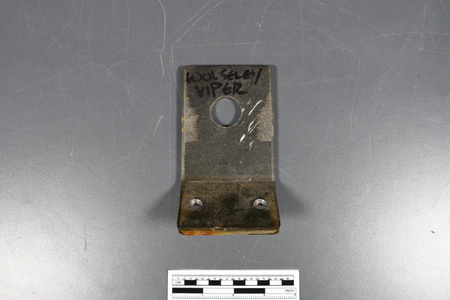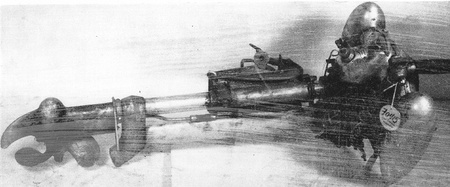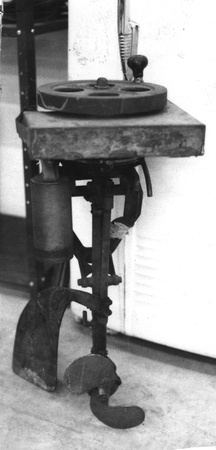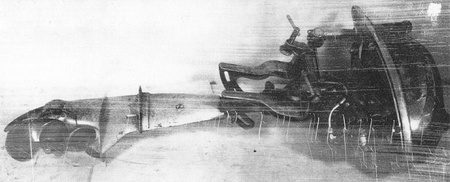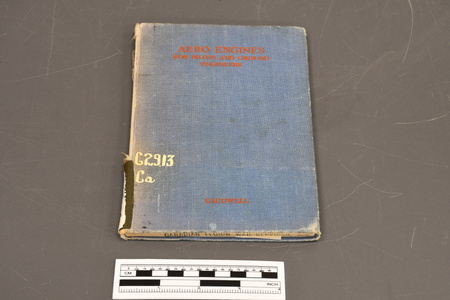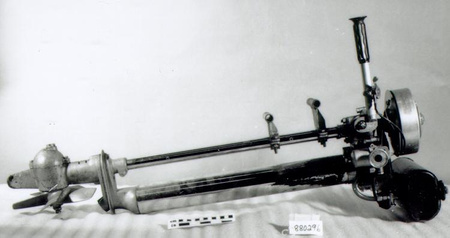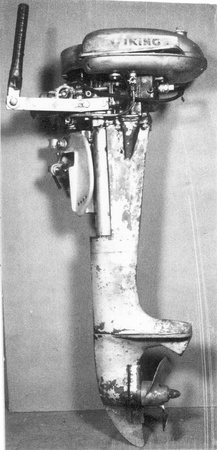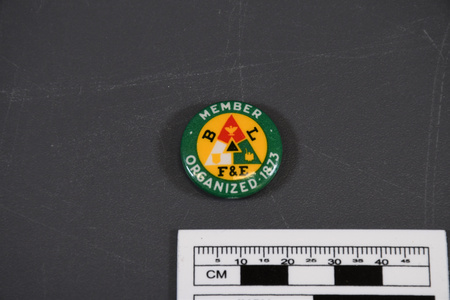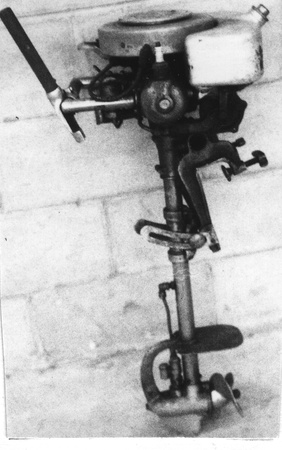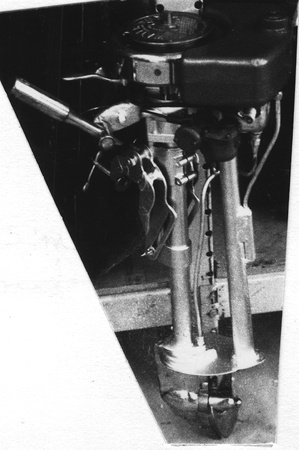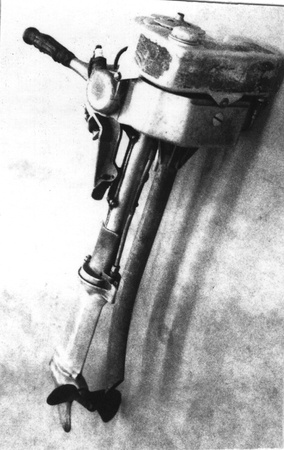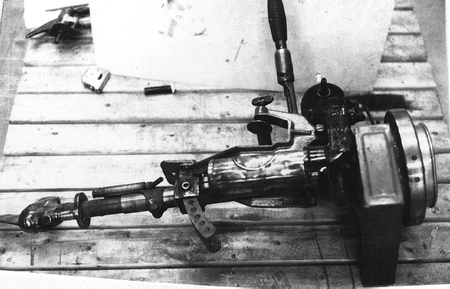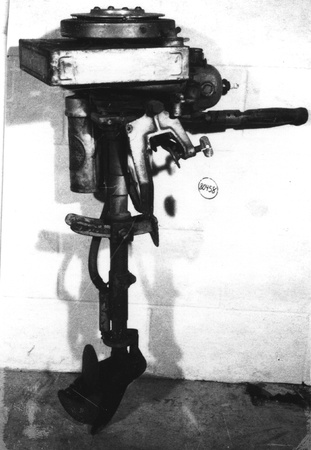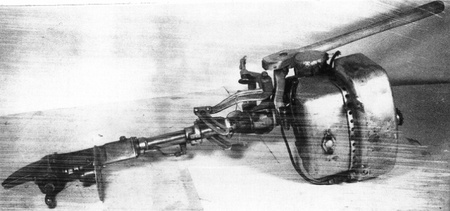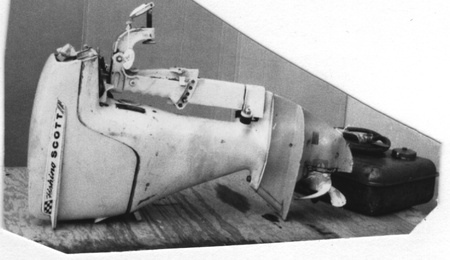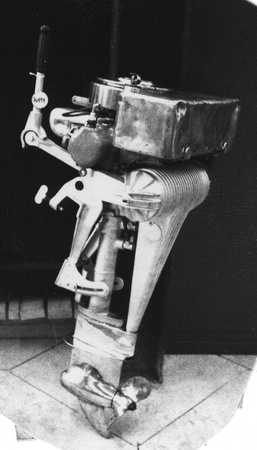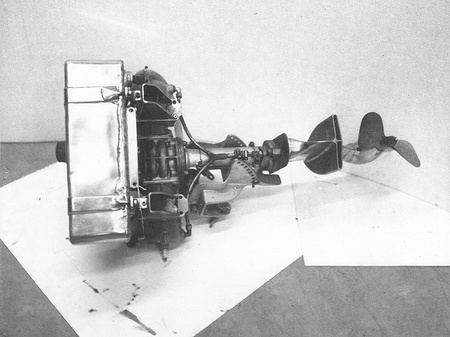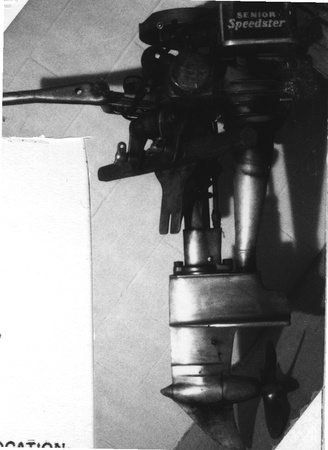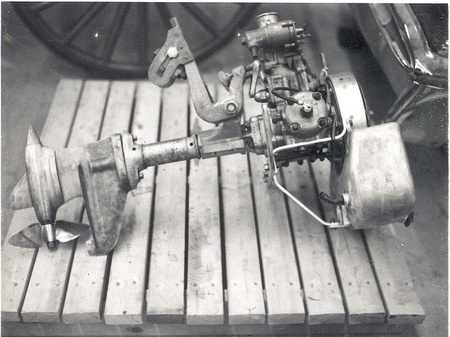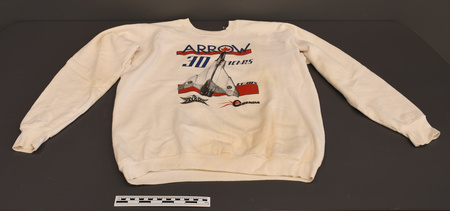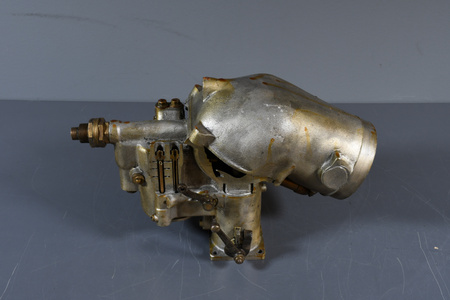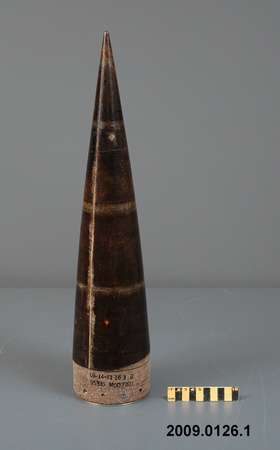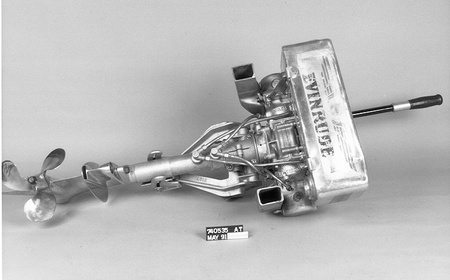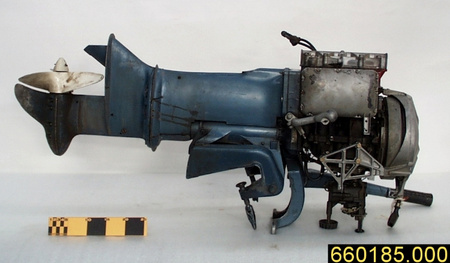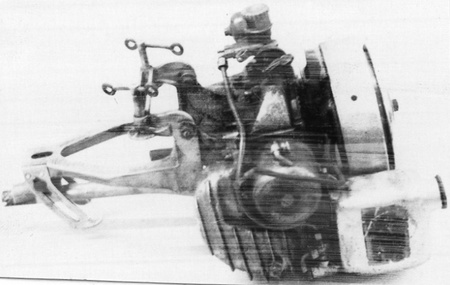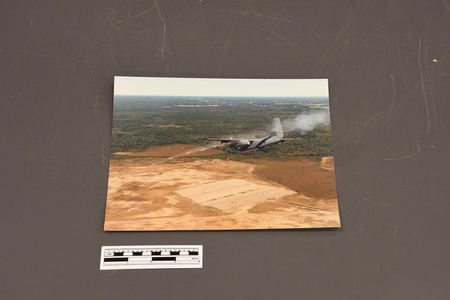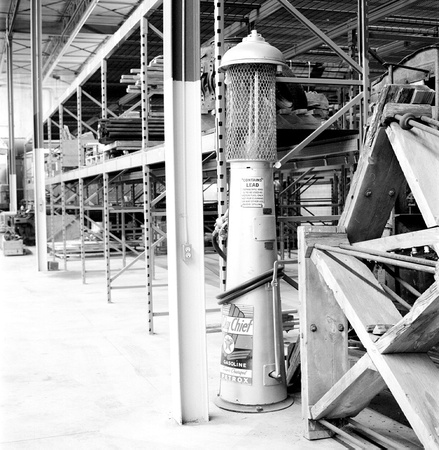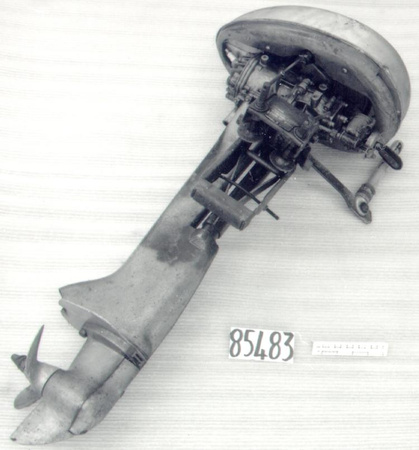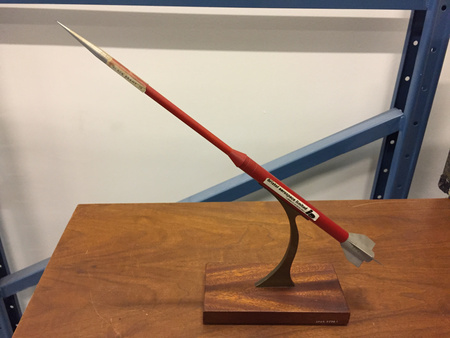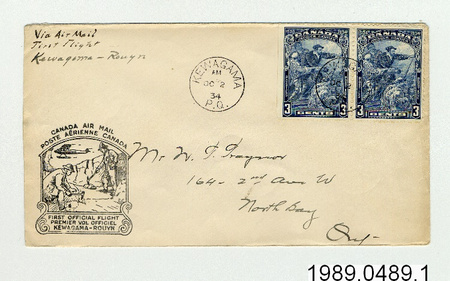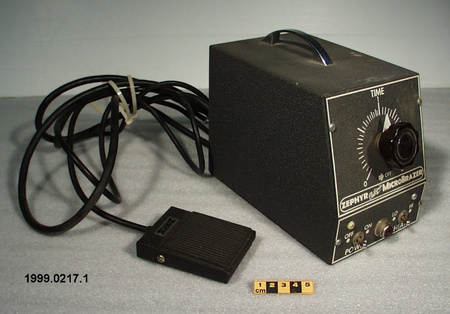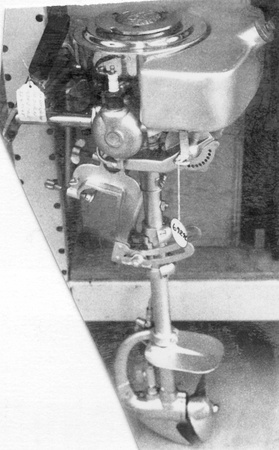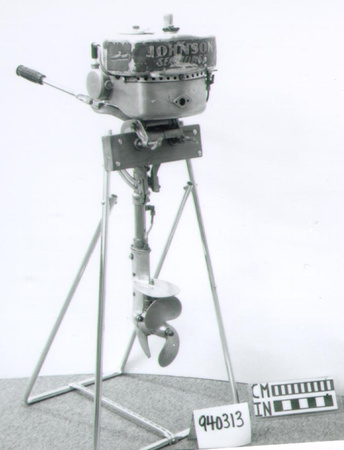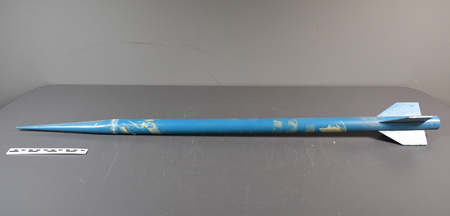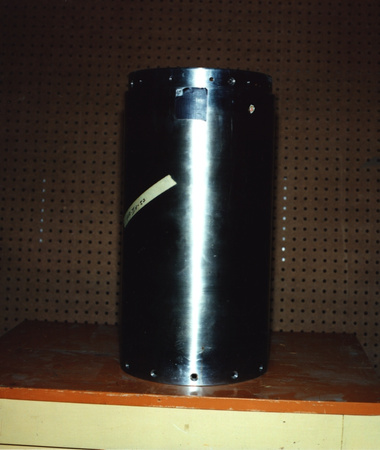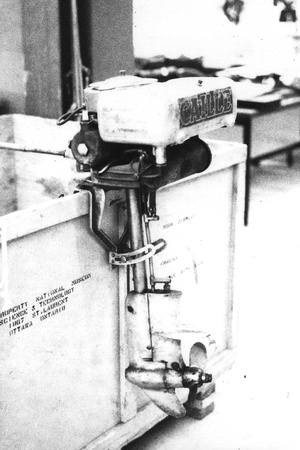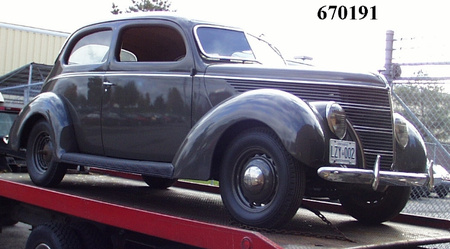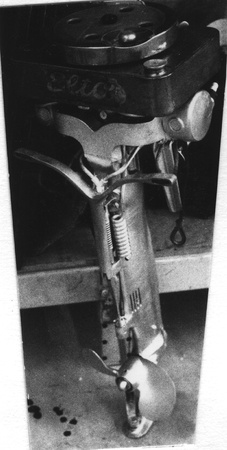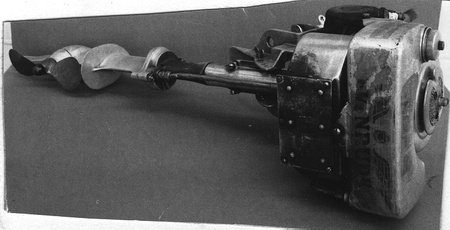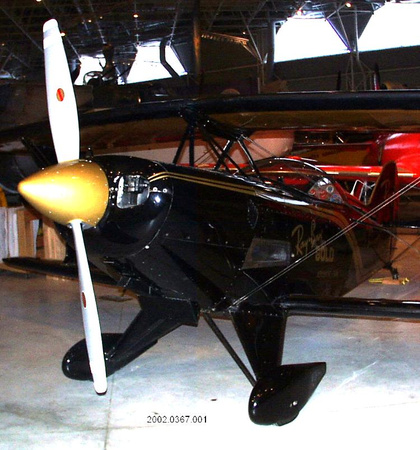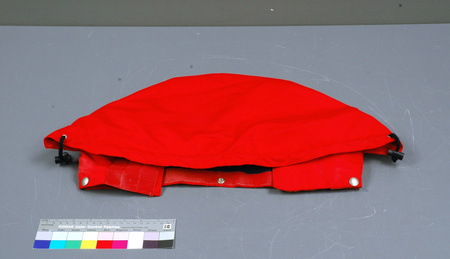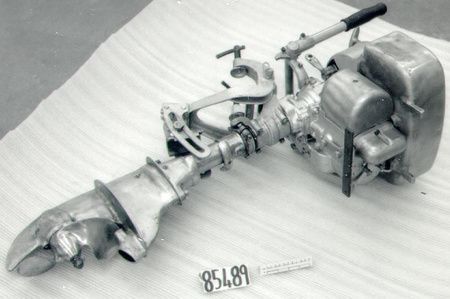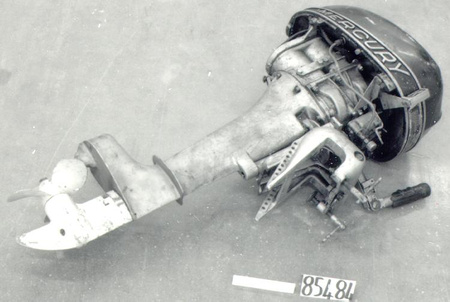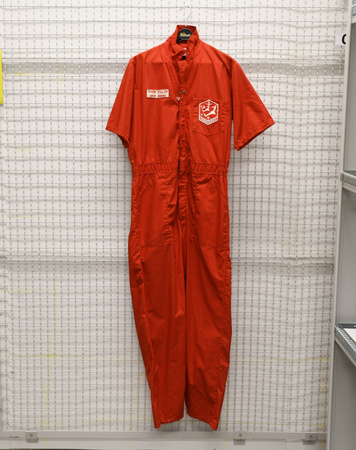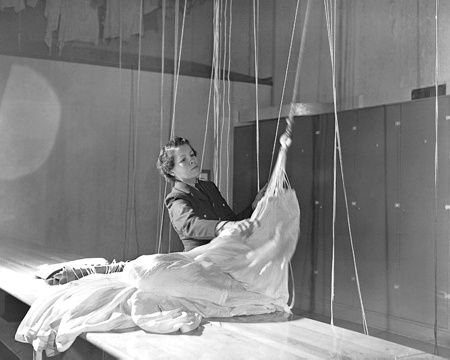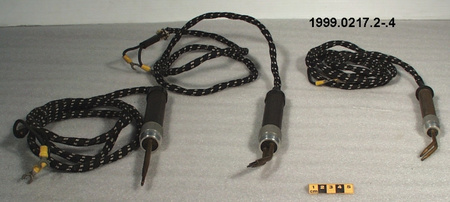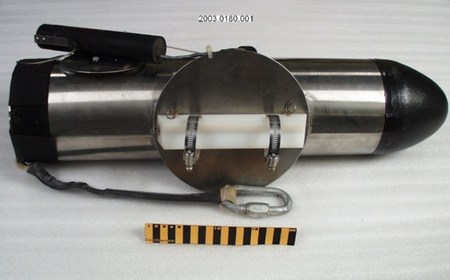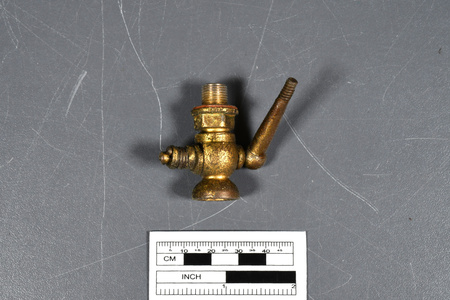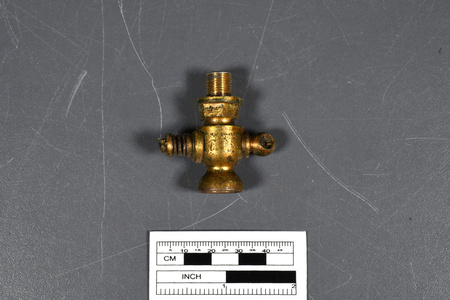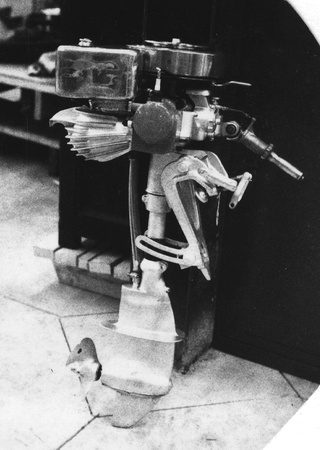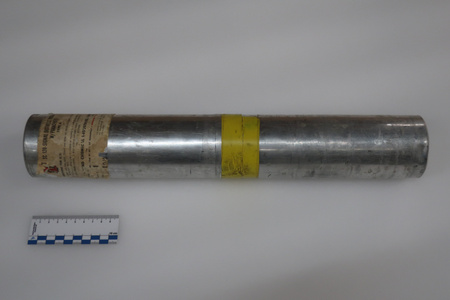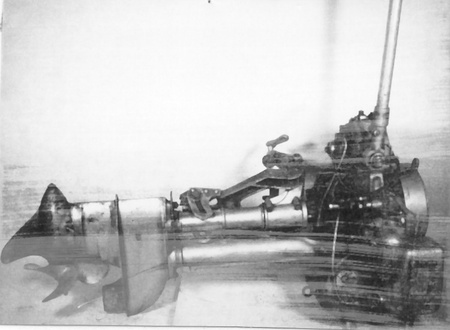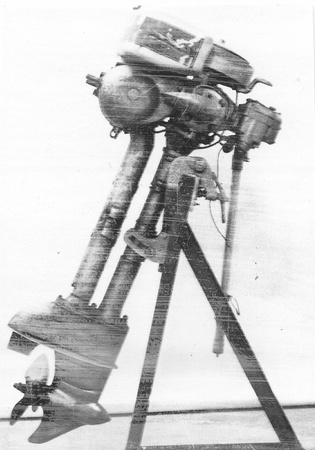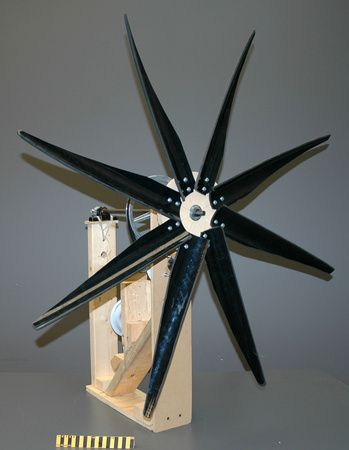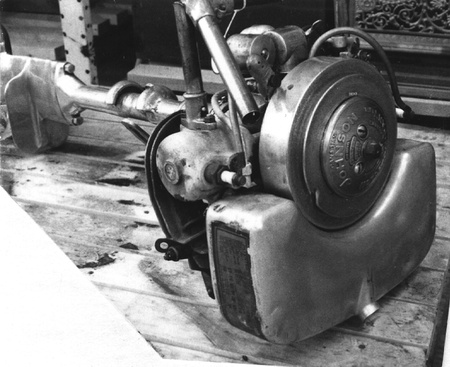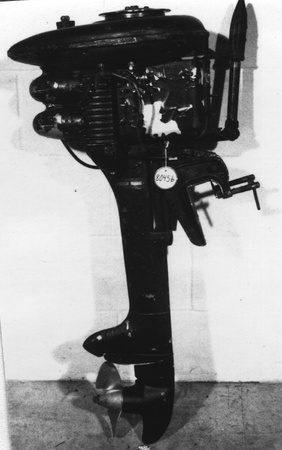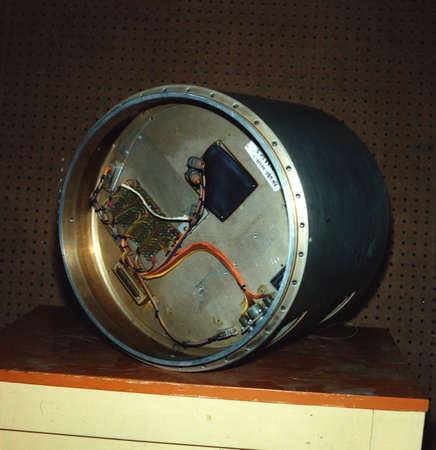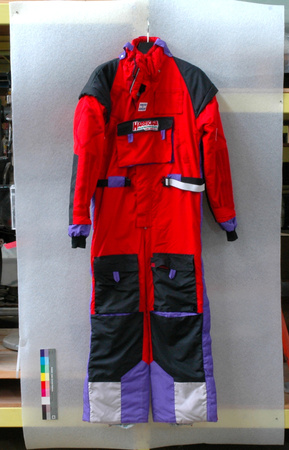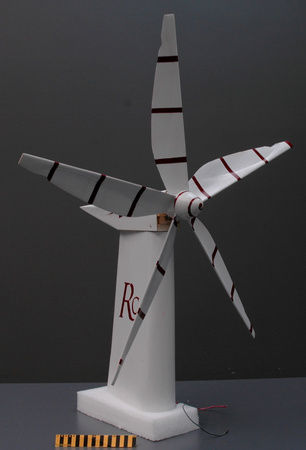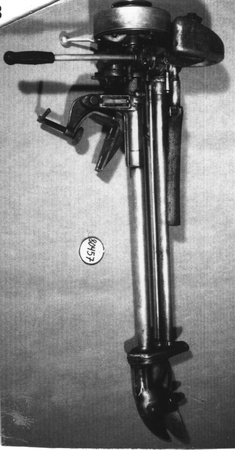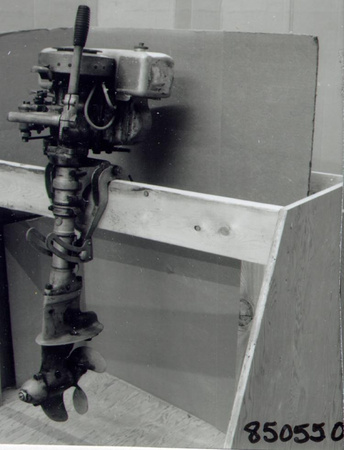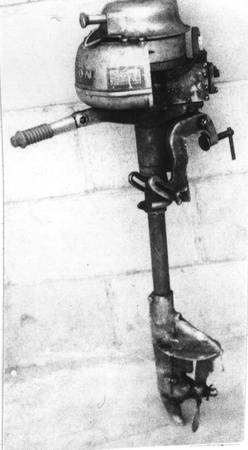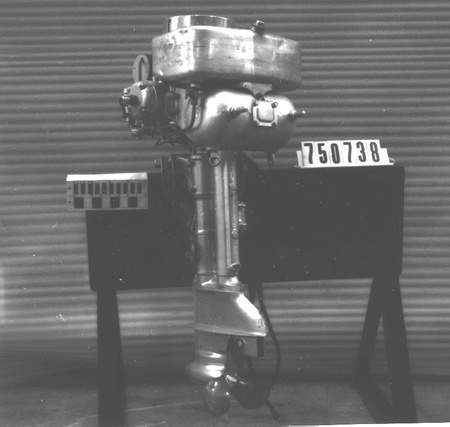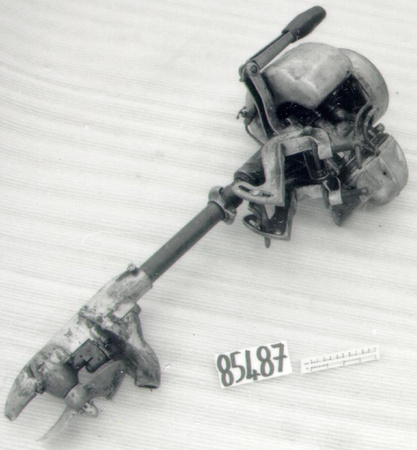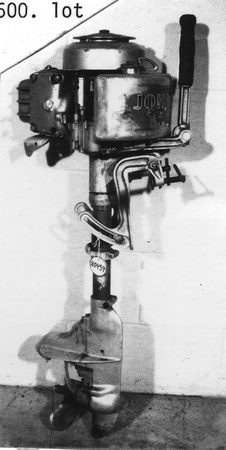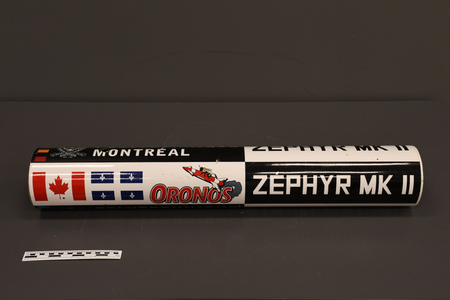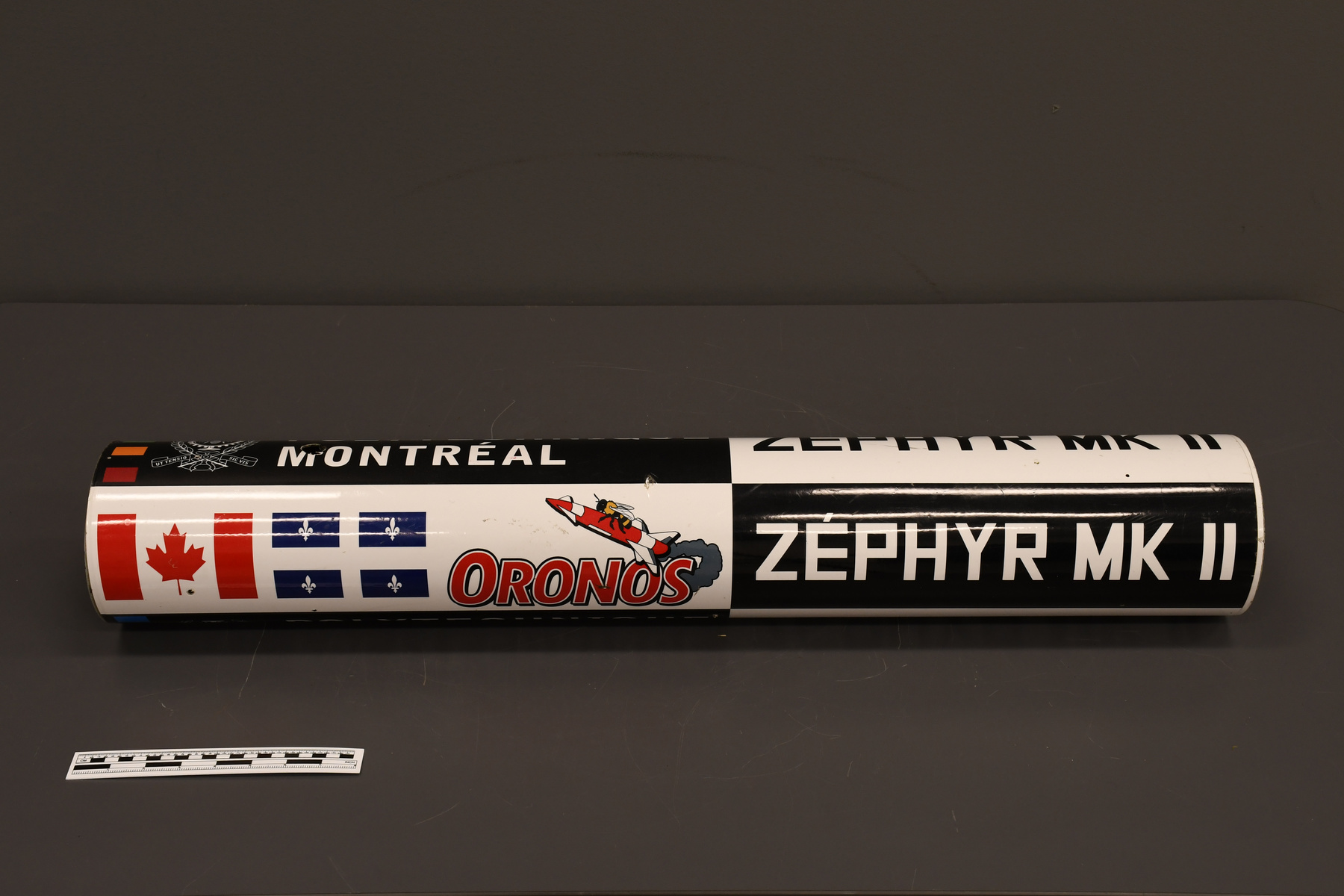Fuselage
Use this image
Can I reuse this image without permission? Yes
Object images on the Ingenium Collection’s portal have the following Creative Commons license:
Copyright Ingenium / CC BY-NC-ND (Attribution-NonCommercial 4.0 International (CC BY-NC 4.0)
ATTRIBUTE THIS IMAGE
Ingenium,
2015.0588.002
Permalink:
Ingenium is releasing this image under the Creative Commons licensing framework, and encourages downloading and reuse for non-commercial purposes. Please acknowledge Ingenium and cite the artifact number.
DOWNLOAD IMAGEPURCHASE THIS IMAGE
This image is free for non-commercial use.
For commercial use, please consult our Reproduction Fees and contact us to purchase the image.
- OBJECT TYPE
- Rocket/section
- DATE
- 2013
- ARTIFACT NUMBER
- 2015.0588.002
- MANUFACTURER
- Unknown
- MODEL
- Zéphyr MK II
- LOCATION
- Unknown
More Information
General Information
- Serial #
- N/A
- Part Number
- 2
- Total Parts
- 4
- AKA
- N/A
- Patents
- N/A
- General Description
- One of two fuselage sections belonging to the Zephyr MK II rocket.
Dimensions
Note: These reflect the general size for storage and are not necessarily representative of the object's true dimensions.
- Length
- 88.5 cm
- Width
- N/A
- Height
- N/A
- Thickness
- N/A
- Weight
- N/A
- Diameter
- 14.0 cm
- Volume
- N/A
Lexicon
- Group
- Aviation
- Category
- Space science
- Sub-Category
- N/A
Manufacturer
- AKA
- Unknown
- Country
- Unknown
- State/Province
- Unknown
- City
- Unknown
Context
- Country
- United States of America
- State/Province
- Utah
- Period
- 2013
- Canada
-
The story of this rocket dates back to 2010 at the École Polytechnique de Montréal when six aerospace engineering students were looking for a way to apply their classroom knowledge. This group of students formed the first student rocketry group in Québec, called Oronos Polytechnique. Soon after that, Oronos had the desire and the ambition to compete against other rocketry teams. The specific event in which this could take place was the Intercollegiate Rocket Engineering Competition which takes place in Green River, Utah. The 35 to 40 members of Oronos begun to build their rocket in mid April and by mid June, the " Zéphyr " was ready for the competition. The Zéphyr was launched in Utah on June 22nd. For the first time ever, a non-American team had won one of the categories of the Intercollegiate Rocket Engineering Competition. The Zéphyr had reached an altitude of 9,920 feet (3, 023 meters). As of 2014, students from Canada, Brazil, India, Turkey and the U.S have participated at the I.R.E.C. As of 2015, the Zéphyr performance had yet to be beaten. The Oronos Polytechnique's achievements were highlighted in the well known and respected monthly magazine Québec Science. In 2013, Oronos began to work on a new and improved rocket, called the Zéphyr MK II (the rocket offered to the corporation). The improved design of the Zéphyr MK II earned Oronos Polytechnique its second victory at the I.R.E.C. Once again, the victory achieved by Oronos did not go unnoticed. One only needs to mention a television news report (CTV) as well as two Québec television station interviews (TVA and V-Télé) and some newspaper articles. L’histoire de cette fusée date de 2010 à l’École Polytechnique de Montréal lorsque six étudiants en génie aérospatial voulaient appliquer leurs connaissances théoriques. Ce groupe d’étudiants ont formés le premier groupe d’étudiants de fuséologie au Québec, nommé Oronos Polytechnique. Ces étudiants avaient le désire et l’ambition de faire concurrence contre autres équipes de fuséologies. Donc, ils ont décidé de s’inscrire à la compétition « Intercollegiate Rocket Engineering » qui a eu lieu à Green River, Utah. L’équipe d’Oronos d’environ 35 à 40 étudiants ont commencés la construction de leur fusée en mi-avril. Vers la mi-juin, leur fusée intitulée Zéphyr était finalisé. Le Zéphyr a été lancé à Utah le 22 juin. Pour la première fois, une équipe non-américaine avait gagné une des catégories de la compétition. Le Zéphyr a atteint une altitude de 9,920 pieds (3, 023 mètres). Dès 2014, la compétition a eu des équipes du Canada, du Brésil, l’Inde, la Turquie et des États-Unis qui ont participé. À compter de 2015, le record du Zéphyr n’a pas été battu. Les accomplissements d’Oronos Polytechnique ont été souligné dans la revue mensuelle Québec Science. En 2013, Oronos a commencé la construction d’une nouvelle fusée intitulée Zéphyr MK II (la fusée offerte à la Société). Le concept amélioré du Zéphyr MK II à remporté une deuxième victoire pour Oronos à la compétition « Intercollegiate Rocket Engineering ». Encore une fois, cette victoire d’Oronos a été reconnu publiquement. CTV a fait un reportage sur cette victoire ainsi que deux entrevues avec des chaînes de télévision québécoise (TVA et V-Télé) et aussi des articles de journaux. - Function
-
A rocket designed to take part in the Intercollegiate Rocket Engineering Competition. Une fusée conçue pour faire partie de la compétition " Intercollegiate Rocket Engineering " aux États-Unis. - Technical
-
The technical work of Oronos Polytechnique is a direct result of the development of high power rockets in the United States in the second half of the 1980s. Team members designed the wooden fins and internal bulkheads of the rocket. The very precise plans were supplied to an outside company which used a laser cutter to prepare them. Team members also designed the printed circuit boards. Plans were yet again supplied to an outside company. Team members welded the electronic components on the boards. The support system of the boards was designed in house. It was created with a 3D printer operated by the team. A few standard components, the rocket engine and the parachute for example, had to be used because the team was unable to make them. Members of Oronos Polytechnique installed these components on the rockets. In that regard, it is worth noting that the team very much intends to eliminate it dependency on outside sources. Team members are currently designing a parachute as well as two types of rocket engines, a solid fuel engine and a hybrid engine that uses both solid and liquid fuels. Le travail technique de la part d’Oronos Polytechnique est un résultat direct du développement des fusées à fort pouvoir aux États-Unis dans la seconde moitié des années 1980. Les membres de l’équipe ont conçu les ailerons de bois et les cloisons axiales interne de la fusée. Les plans très précis ont été fournis à une compagnie externe équipée avec un découpeur au laser. Les membres de l’équipe ont aussi conçu les inspecteurs de cartes de circuits imprimés. Ces plans ont aussi été fourni à une compagnie externe. Les membres d’Oronos ont soudé les composantes électroniques. Le système d’appui des planches avaient été conçues à l’interne. Il a été créé avec une imprimante 3D utilisée par l’équipe. Quelques composantes de base, comme le moteur de la fusée ainsi que le parachute, ont été achetés usagés étant donné que l’équipe était incapable de les fabriquer. Les membres d’Oronos Polytechnique ont installé ces composantes sur les fusées. Cela dit, il est important de noter que l’équipe a l’intention d’éliminer sa dépendance aux sources externes. Les membres de l’équipe conçoivent présentement un parachute ainsi que deux types de moteurs de fusées – un moteur à combustible solide et un moteur hybride utilisant des combustibles solides et liquides. - Area Notes
-
Unknown
Details
- Markings
- Reads in part. " POLYTECHNIQUE /. MONTRÉAL /. ZÉPHYR MK II /. CANADIAN DRONES /. DESJARDINS /. ORONOS /. ASM INTERNATIONAL /. BOMBARDIER "
- Missing
- One of the fins is missing at the base of rocket.
- Finish
- Three meter long silver rocket made from multiple different materials. The body of the rocket is made primarily from composite materials. The fins at the base of the rockets are made from wood and the inside of the rocket has different electronic components. Fusée argentée avec une longeur de trois mètres de long fabriqué à partir de différents matériaux. Le corps de la fusée est fabriqué de matériaux composés. Les ailerons à la base de la fusée sont fabriqués de bois et l'intérieur de la fusée a différentes composantes électroniques.
- Decoration
- Surface of the rocket has the flag of Canada and Québec. The rocket is covered with the logos of various sponsors.
CITE THIS OBJECT
If you choose to share our information about this collection object, please cite:
Unknown Manufacturer, Fuselage, circa 2013, Artifact no. 2015.0588, Ingenium – Canada’s Museums of Science and Innovation, http://collection.ingenium.ca/en/id/2015.0588.002/
FEEDBACK
Submit a question or comment about this artifact.
More Like This
